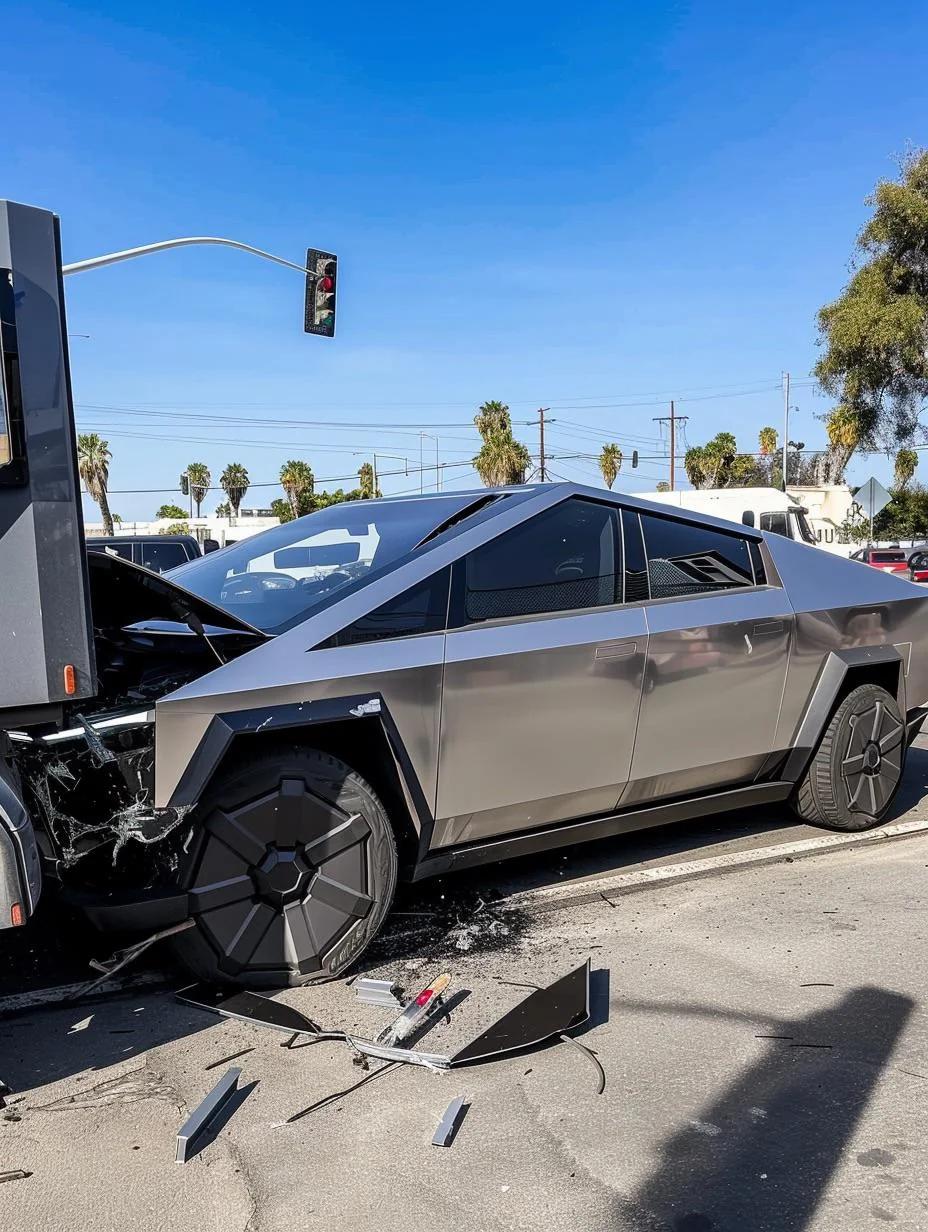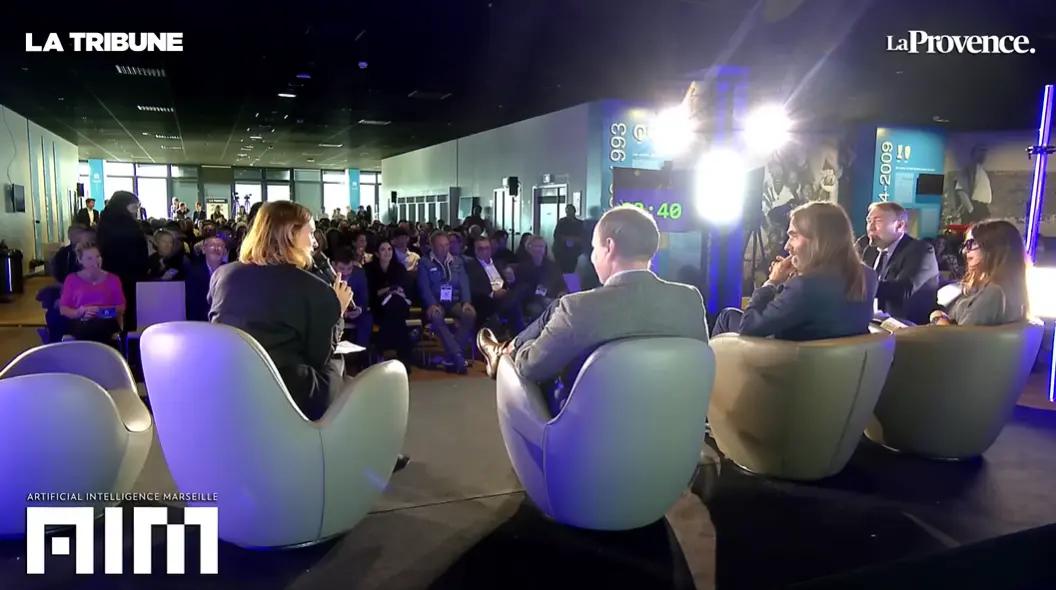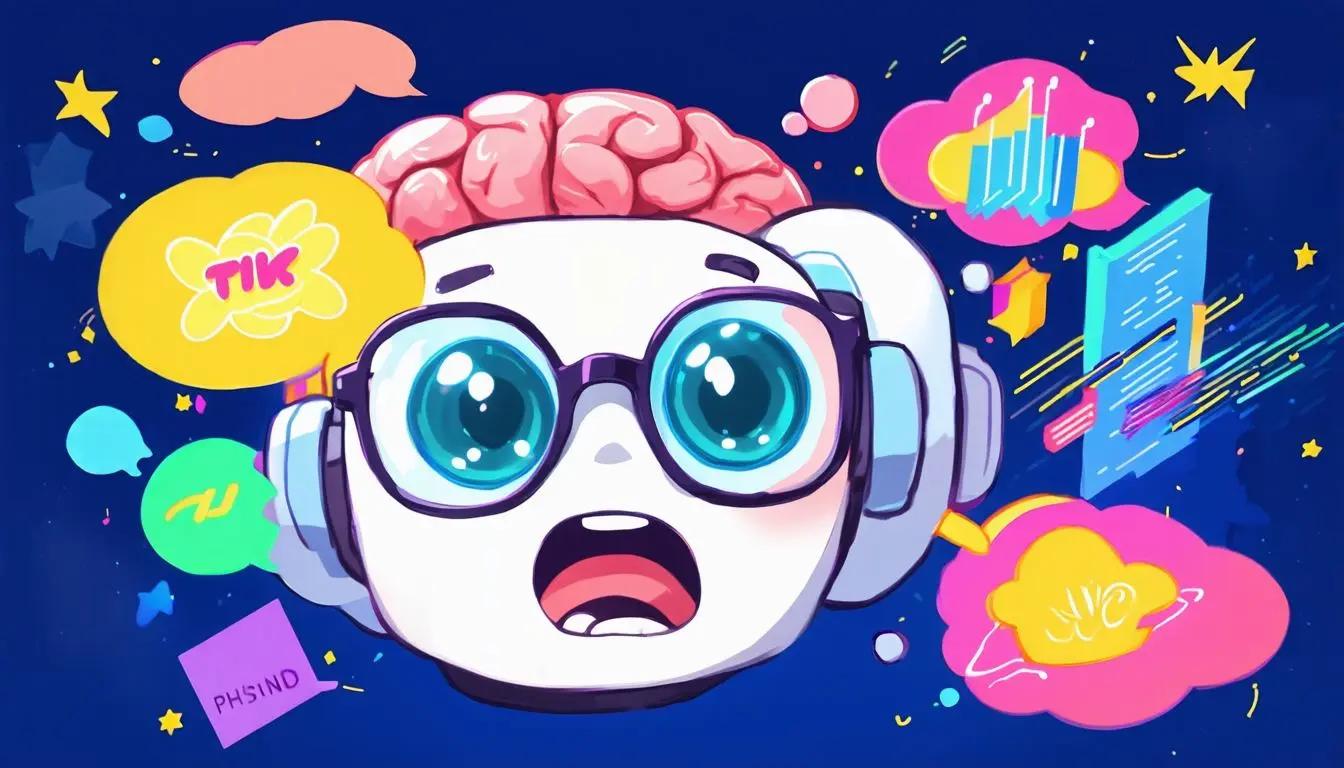May 7, 2024|4 min reading
AI or Not AI: Learning to Distinguish Between Real and AI-Generated Images

As we sail deeper into the digital era, the line between artificial and authentic grows ever fainter, especially when it comes to images. From flawless magazine covers to awe-inspiring landscape photos on social media, it's becoming increasingly tough to discern real photographs from those generated by artificial intelligence (AI). This guide aims to arm you with the knowledge and skills to navigate this new reality, ensuring you can appreciate the art of photography while staying aware of its digital manipulations.
The Rise of AI in Image Creation
Understanding AI-Generated Images
AI-generated images are created using sophisticated algorithms that can simulate a high level of detail and realism, making them appear nearly indistinguishable from real photographs. These images are often produced using generative adversarial networks (GANs), where two machine learning models work against each other to improve the end result continually.
The Technology Behind the Scenes
The process starts with the generator creating images based on random noise, while the discriminator, another AI, evaluates their authenticity against real photographs. Over time, the generator learns from the feedback, producing more convincing images that can fool even the discriminator.
How to Spot AI-Generated Images
Key Indicators of AI Images
While AI has become incredibly proficient at mimicking reality, certain tell-tale signs can help you identify AI-generated images:
- Unusual Textures: AI often struggles with complex textures like hair, fur, or intricate patterns, which may appear slightly blurred or smeared.
- Anomalous Shadows and Lighting: Look for shadows that don't match the light sources or lighting that seems inconsistent within the image.
- Facial Features: Human faces, particularly around the eyes and mouth, can sometimes look asymmetrical or distorted in AI-generated images.
- Repetitive Patterns: AI can replicate elements excessively or place objects in unnatural ways that don’t typically occur in nature.
Tools and Techniques for Detection
Several online tools can analyze images to determine their authenticity. These tools look for inconsistencies in pixels and metadata that are often overlooked by AI algorithms.
The Implications of AI in Photography
The Good: Innovation and Accessibility
AI-generated images can reduce costs and increase efficiency in industries such as advertising and media, providing high-quality imagery without the need for extensive photoshoots.
The Bad: Ethical and Legal Concerns
The potential for misuse is significant, ranging from deepfakes that can spread misinformation to copyright issues surrounding the ownership of AI-generated content.
Preparing for a Future with AI Photography
Staying Informed and Critical
As AI technology continues to evolve, staying informed about the latest developments and understanding the capabilities of AI will be crucial. Developing a critical eye when viewing media will help you appreciate genuine creativity and recognize artificial enhancements.
The Role of AI Literacy
Educating yourself and others about AI's role in content creation is vital. This not only involves understanding how AI works but also promoting discussions about the ethical use of AI-generated content.
Conclusion
Navigating the world of AI-generated images versus real photographs is like walking a tightrope between two skyscrapers. With the right knowledge and tools, you can become adept at spotting the difference, ensuring you appreciate each image for what it truly is—be it a product of human creativity or a marvel of machine learning. By staying informed and vigilant, we can embrace the benefits of AI while mitigating its risks.
Explore more

The Race for Artificial General Intelligence: Superintelligence and Society
Explore the debate on artificial general intelligence and superintelligence, featuring expert insights on its possibilit...

Artificial Superintelligence: The Last Invention Humanity May Ever Make
Explore the potential impact of artificial superintelligence on humanity—our greatest invention could change life as we ...

AI and Warfare: How AI Systems Are Driving Destruction in Gaza
An in-depth look at how AI systems, like the IDF’s Gospel and Lavender, are reshaping warfare in Gaza, leading to widesp...
